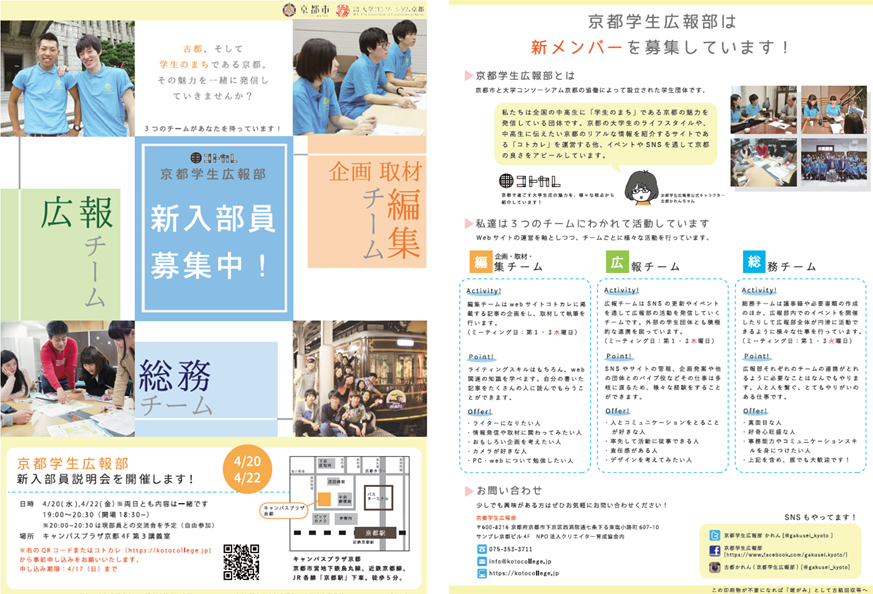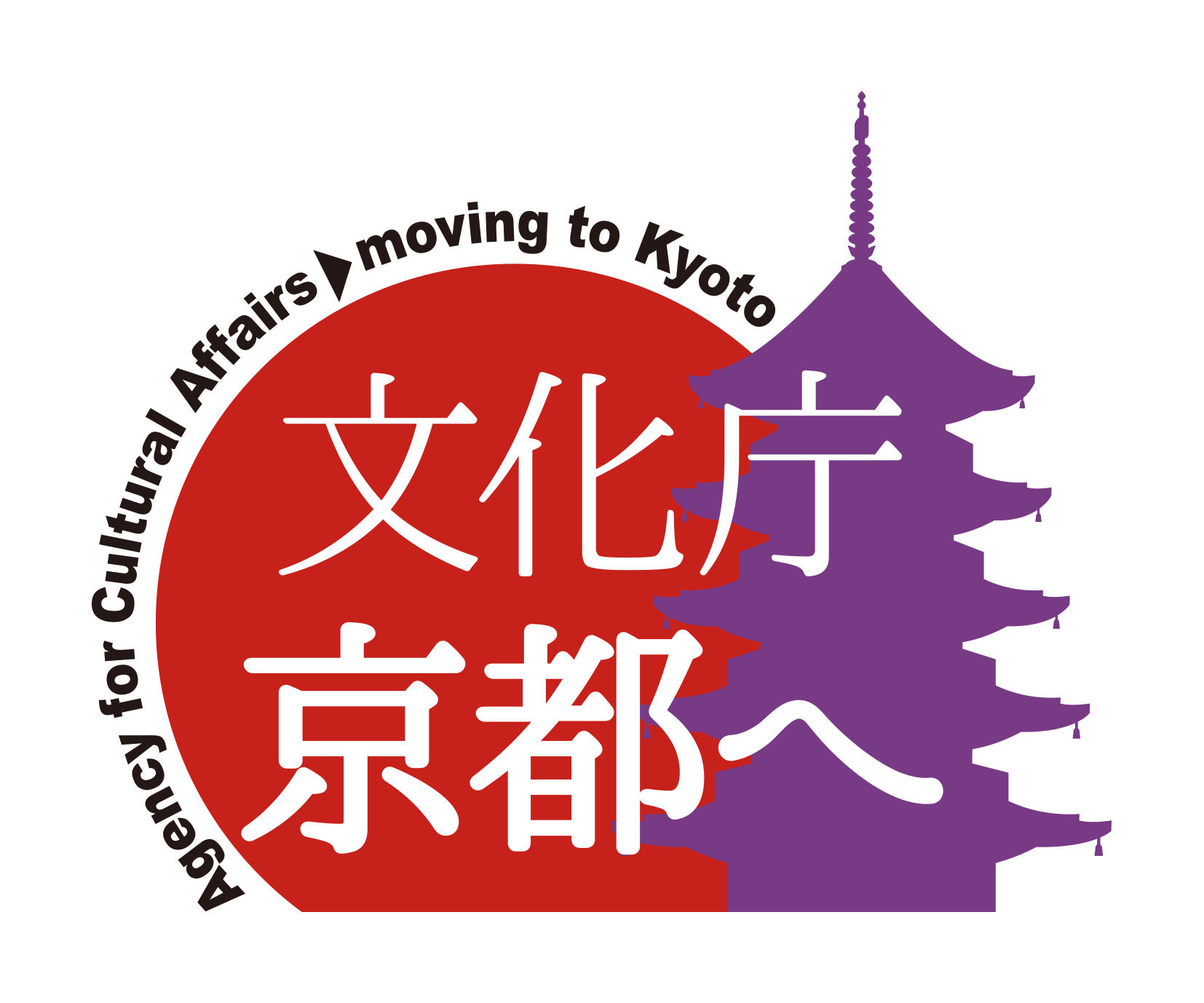“Maruttoku” is a career education project that has been held annually since 2012 by the Kyoto High School-University Collaborative Research Council.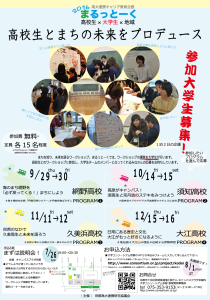
This project is a workshop where high school students, university students, and local people gather in one place to talk about the future.Operated by university studentsTake the lead。
We are looking forward to receiving applications from Mr./Ms. of undergraduate and graduate students who will participate in workshops with high school students and become members of the university student team.
2016 Maruttoku Program
You can choose one or more of the four programs you want to participate in.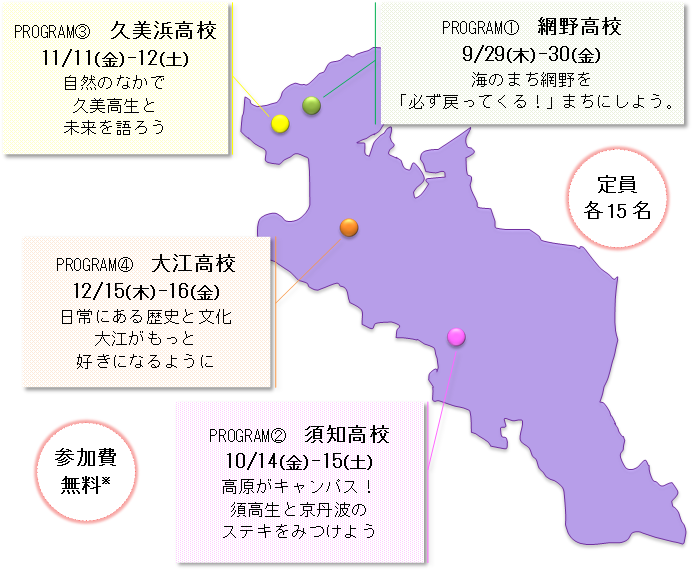 * Depending on the program, you may be asked to pay for meals and baths.
* Depending on the program, you may be asked to pay for meals and baths.For details, go to the briefing!
*The briefing session has ended. If you have any questions, please contact us at the address below.
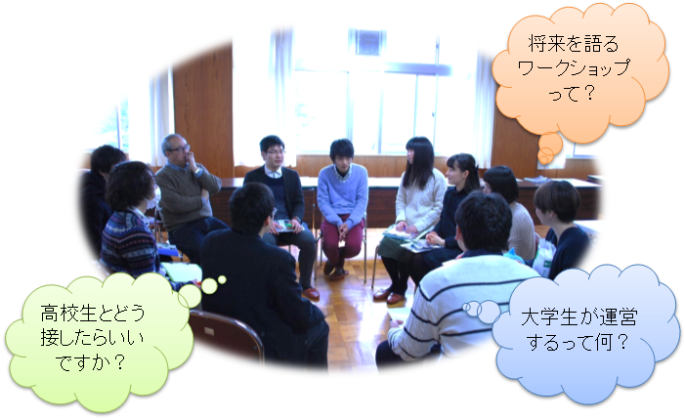 The briefing session has ended. Thank you for your participation.
The briefing session has ended. Thank you for your participation.
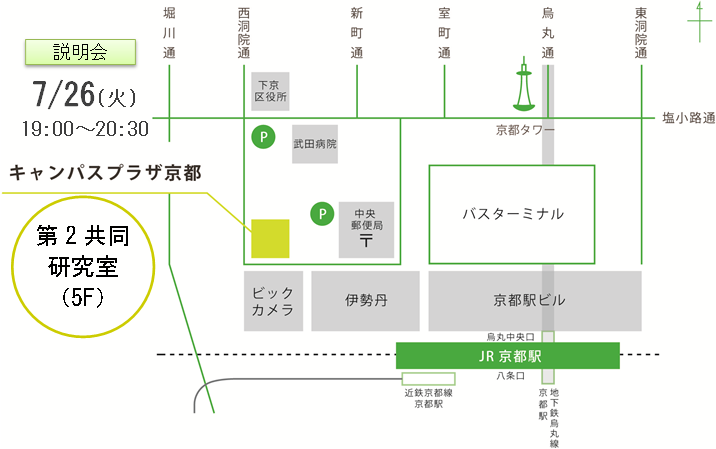 |
| At the information session, you can experience workshops by experienced people and interact with participants from last year. If you would like to participate in the program, or if you are still unsure, please attend the information session. To participate in the information session, you need to apply. Please apply using the application form below. You can apply to participate in the program even if you do not attend the information session. |
Apply here! Until 8/1 (Mon)
Please select the program you wish to participate in and apply. You can also select more than one.Participants are undergraduate and graduate students.
Those who participate can receive a certificate of participation upon request. However, we do not guarantee the treatment of official absences or the recognition of credits. For more information, please contact:
Accommodation and transportation will be arranged by the Foundation.
In addition, participating university students are required to take out accident insurance. The procedure will be carried out by the Foundation, and the cost will be borne by the Foundation.
If each program reaches its capacity, participation may be refused. In that case, we will contact the applicant by e-mail by 8/6 (Saturday).
Click here to see
what it was like last year
▽Maruttoku in Oe
https://www.consortium.or.jp/kodai/13897
▽ Maruttoku in Kumihama
https://www.consortium.or.jp/kodai/13130
Inquiries
University Consortium Kyoto, High School-University Collaborative Career Education ProgramTEL 075-353-9153 FAX 075-353-9101
〒600-8216 Shimogyo-ku, Kyoto-shi, Nishitoin-dori, Shiokoji, Shimo-ku, Kyoto, Campus Plaza Kyoto
* Reception hours: Tuesday ~ Saturday 9:00 ~ 17:00 (excluding year-end and New Year holidays)















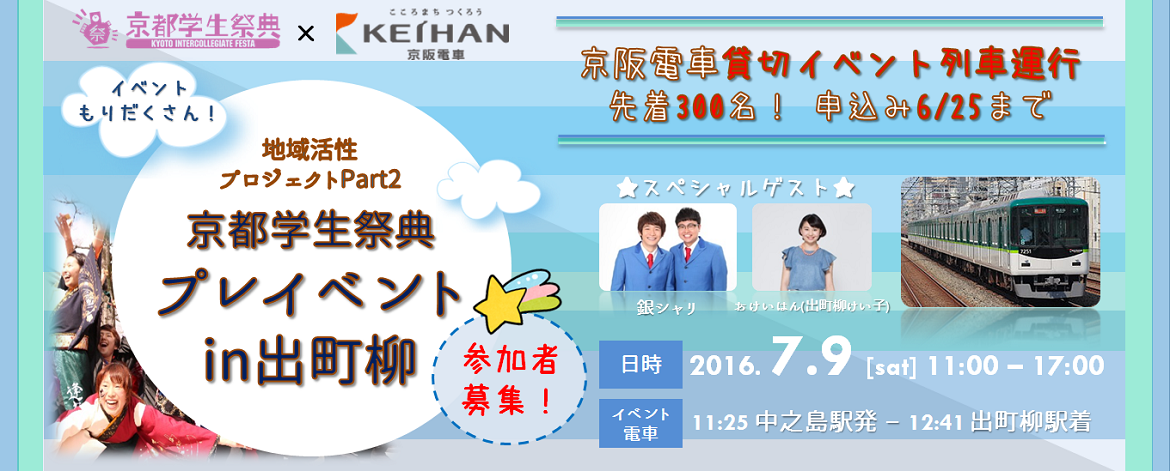
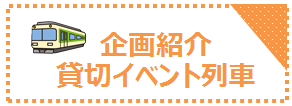
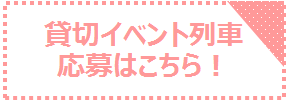
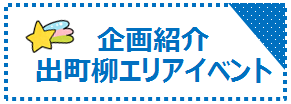






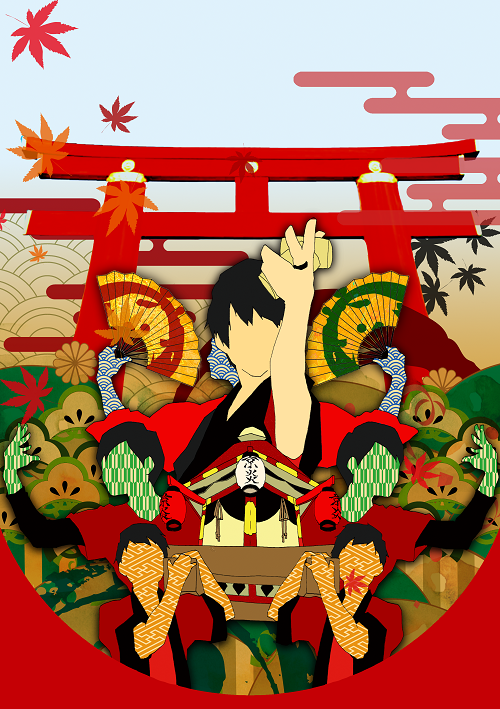
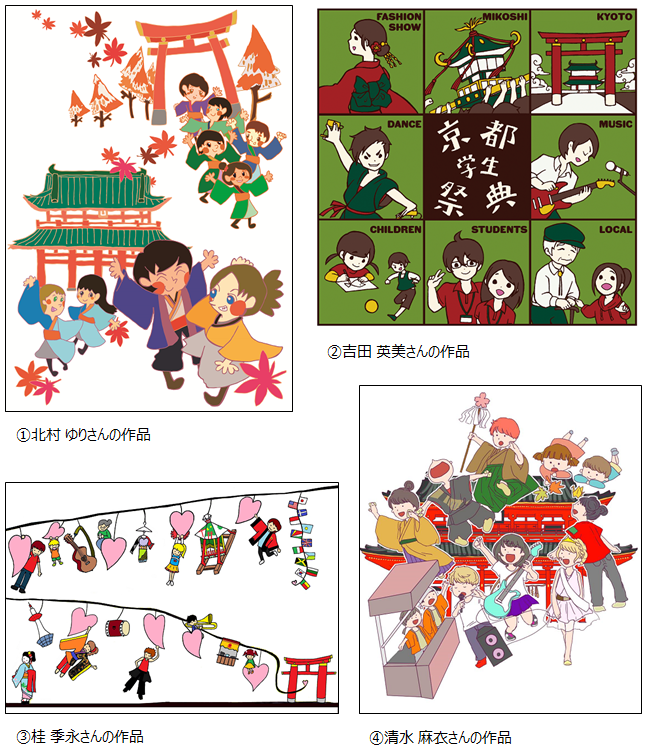



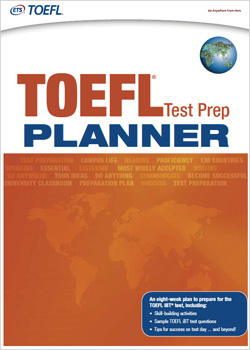

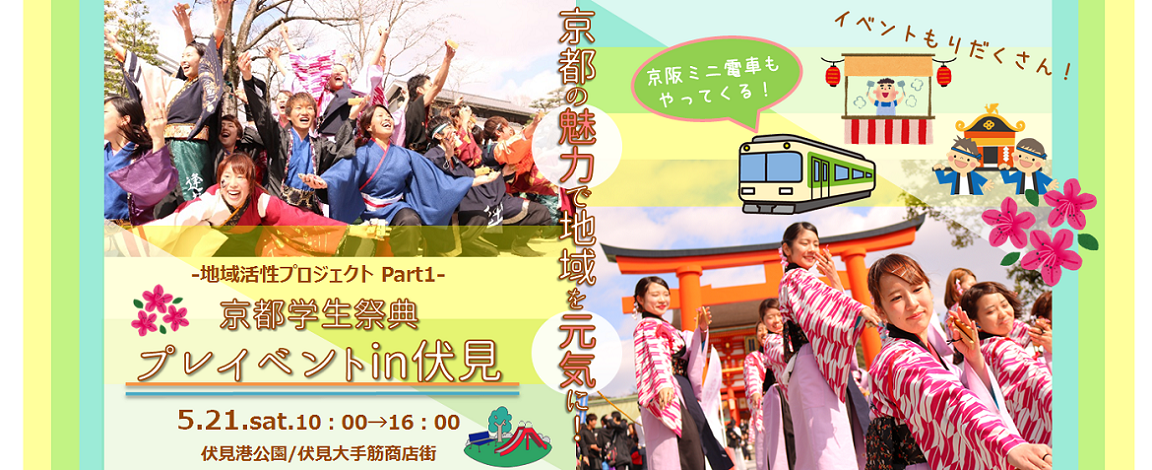
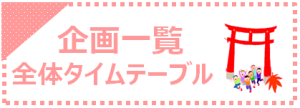

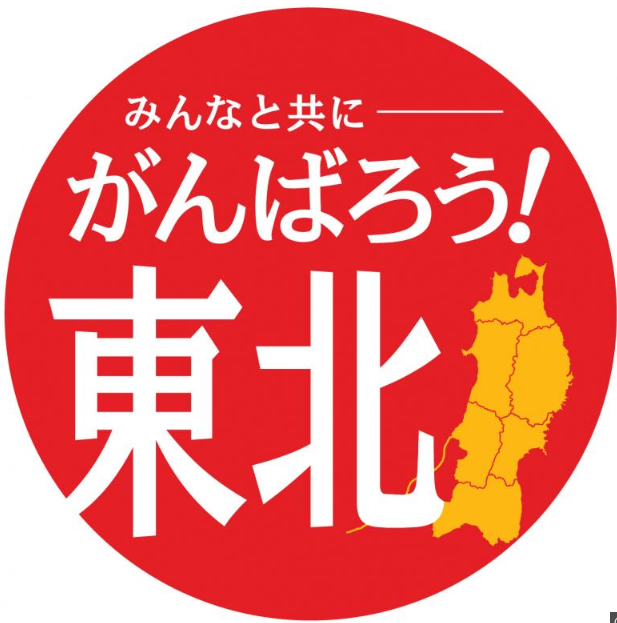 In 2013, two years after the Great East Japan Earthquake in 2011, most of the students in Kyoto, including the Kyoto Student Festival Executive Committee, had not yet seen the actual situation in Tohoku with their own eyes. This project was launched with the desire to see and feel this unprecedented disaster by going directly to the disaster area, and to think about what they can do.
In 2013, two years after the Great East Japan Earthquake in 2011, most of the students in Kyoto, including the Kyoto Student Festival Executive Committee, had not yet seen the actual situation in Tohoku with their own eyes. This project was launched with the desire to see and feel this unprecedented disaster by going directly to the disaster area, and to think about what they can do.



